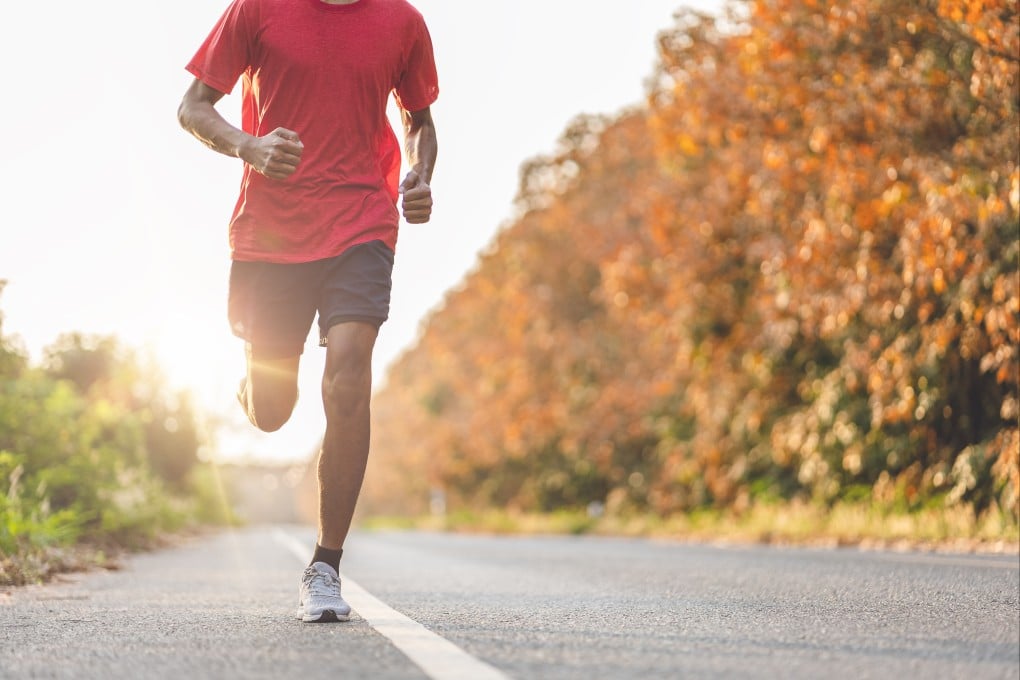Explainer | How many calories does running burn? Here are the main factors to consider
- Answer depends massively on a variety of factors, including weight, weather, surface, gradient and intensity
- Measuring calories can be important part of improving performance, as you will know how much to consume in recovery

The amount of calories you burn by running is a near-impossible number to calculate as so many variables change the outcome.
But here are some of the main factors to consider.
Weight and speed
One of the major factors is a runner’s weight. According to the American Council on Exercise, a person weighing 54 kilograms will burn 11.4 calories per minute, and 684 per hour, while someone weighing 81kg will burn 17 calories per minute and 1,020 per hour

A runner’s speed will also make a difference, with jogging burning less calories per minute than running.
Interval vs steady state
A 2015 study in the Research Quarterly for Exercise and Sport found both resistance training and high intensity interval training (HIIT) “increased excess post-exercise oxygen consumption to a greater degree than did steady state work”.
According to the study, this indicated that “either mode may be more effective at increasing total daily caloric expenditure than steady state aerobic exercise”.

But bear in mind, you will be able to maintain a steady state for longer.
So, although interval training may burn more calories over the same time period, it is difficult to compare, say, a 30-minute interval session and an hour-long steady state session.